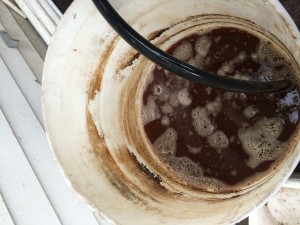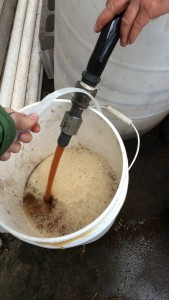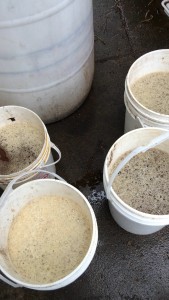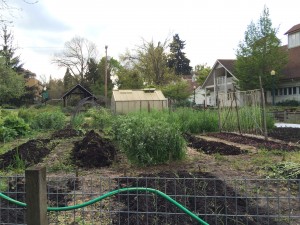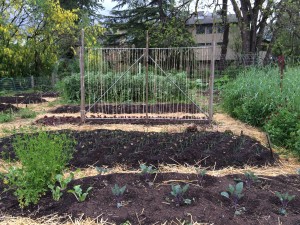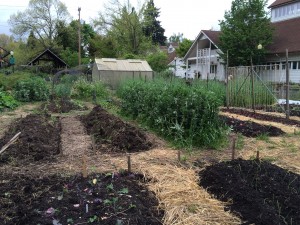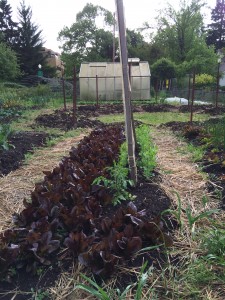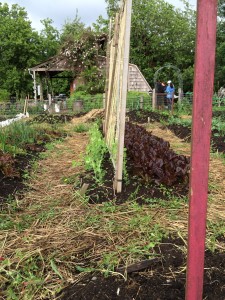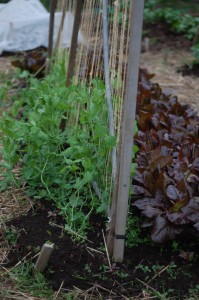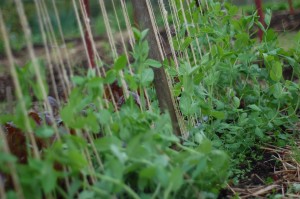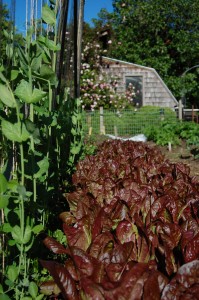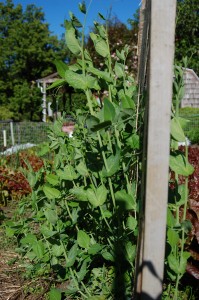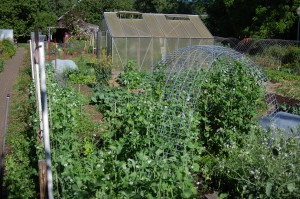At the Urban Farm, NP and K are three letters that we talk about often. These letters
are essential to the production of the farm. When we talk about NPK, we are talking about macro nutrients.
N = Nitrogen
P= Phosphorus
K= Potassium
Without these three essential macro nutrients, the soil fertility would not be healthy. Also, the letter CA (calcium) cannot be forgotten. It is as essential and goes hand in hand with NPK.
To ensure that our soil maintains its fertility with the nutrients it needs, we make our own mixture of fertilizer with different ratios of NPK, and CA.
When you go to the store and pick up a bag of fertilizer, on the front you may
notice 3 numbers , such as 8-6-0. These numbers represent the ratio of NPK that are in that particular fertilizer. Recognizing and understanding what each of these nutrients provides for your plants and soil is an important aspect in growing your garden.
N (nitrogen) provides the plant with the ability to photosynthesis more by increasing the surface area of the leaves, making them larger and richer in green.
P (phosphorus) provides the plant with good structure. It sends good nutrients to the roots, stems, flowers, and seeds. It also helps with resistance to diseases to keep the plant in healthy condition.
K (potassium) works to balance the N and P and provides overall

Step 2: Mix together
good health for the plant.
CA (calcium) “builds strong bones”, it encourages cell production and the good bacteria growth.
Now, knowing how NPK and CA work and what they contribute, we can make a mixture of them all to get the perfect fertilizer ratio. We used a ratio of four parts nitrogen, to one part of phosphorus, potassium, and calcium. To make this combination we first add fish meal (8-6-0) for
the nitrogen portion. Then, we add fish bone meal (3-16-0), for the phosphorus. Next, we add greensand (0-0-3) for the potassium. Further, we add calpril, which is a fast acting lime, because lime is rich in calcium. And lastly, we add azomite (0-0-0.2), a mineral which adds some nutrients that have been depleted from
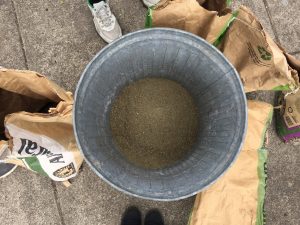
Final fertilizer mixture
the soil and is good for the plants overall.
All of these nutrients are poured out onto a plastic sheet and combined together by picking up the corners are the sheet and shaking it. The final mixture is poured into a bucket will be used in beds all throughout the farm.
Understanding how macro and micro nutrients come into play when dealing with soil health can drastically change the overall health and production of your garden. Being able to recognize what nutrients a plant may be lacking by taking a close look at it is a key step to being a great gardener.
For example, when growing tomatoes, if it is later in the season and the the fruit is not yet producing, you might need more phosphorus. All of the energy has been going to the leaves and making the stems bigger instead of putting energy into the flowers. Adding more phosphorus will push the tomato plant towards putting energy into the production of f
lowers, and in turn, making fruit.
Further, if the plant has started yellowing, then that could indicate that the plant is deficient in nitrogen. The dark leafy green leaves come from nitrogen that promotes greater photosynthesis, so if the leaves are yellowing then they are most likely in need of more nitrogen.





